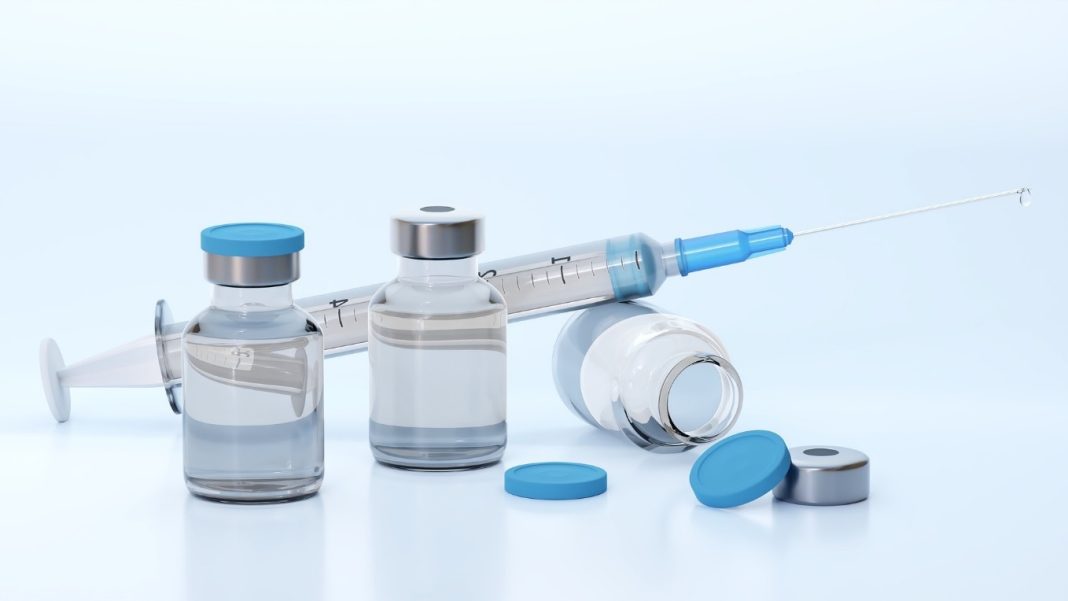You may have heard the term tropical medicine, but chances are you don’t know much about the field. Even if you think that you do, you’ve likely got it confused with topical medicine, which is a drug or medicine that is applied to the body externally. If you’ve recently heard about tropical medicine and want to learn more about it, you’ve come to the right place. This beginner’s guide to tropical medicine will give you an overview of the subject.
What is Tropical Medicine?
Tropical medicine is a sub-branch of medicine that pertains to diseases that are prevalent in tropical and subtropical climates, better known as tropical diseases. The purpose of tropical medicine is to fight and eradicate tropical diseases.
Many healthcare professionals, including infectious disease experts, public health practitioners, and community health workers, work in the field of tropical medicine. The work of a healthcare professional working in tropical health involves investigating outbreaks, identifying root causes, assessing risk factors, and developing preventive controls.
You may be thinking that tropical medicine sounds like a sub-branch of public health. While that is somewhat true, tropical medicine is actually a blend of public health, infectious disease, and healthcare policy, and students of public health have a great foundation for the tropical medicine field.
What are Tropical Diseases?
Tropical medicine primarily focuses on Neglected Tropical Diseases (NTDs), as well as the more well-known ones. In addition, tropical medicine also covers diseases caused by malnutrition and several Non-Communicable Diseases (NCDs). As seen above, there are four main categories of tropical diseases. These are:
- The NTDs (Rabies, Chikungunya, Leprosy, etc.)
- Common Tropical Diseases (Malaria, Tuberculosis, AIDS, etc.)
- Malnutrition-Related Diseases (Anemia, Mumps, Vitamin Deficiency, etc.)
- The NCDs (Diabetes Mellitus, Asthma, Cancer, etc.)
Out of these, the primary focus of tropical medicine today is NTDs, with which over a billion of the world’s population is currently afflicted. At present, combating tropical diseases is only possible using tropical medicine. Therefore, investing in research and development of tropical medicine should be a global priority.
How do Tropical Diseases Spread?
Tropical diseases can be bacterial (such as Tuberculosis), parasitic (such as Malaria), or viral (such as Zika virus). Hence, tropical diseases can be transmitted in all the ways that the above types of infections spread. Generally, this is through one of these 5 ways:
- Physical Contact
- Sexual Contact
- Airborne
- Contaminated Food & Water
- Intermediate Carriers (Vectors)
Of the above, the most dangerous are vector-borne diseases such as Malaria. These are spread by carriers such as insects. The reason why they’re considered the deadliest is that vector-borne diseases alone account for over 17% of the annual infectious disease-related deaths. This number is especially high in developing countries that do not have access to an effective healthcare infrastructure equipped to treat these diseases.
How Does Poverty Lead to NTDs?
NTDs are a group of 20 common tropical diseases prevalent across Asia, Africa, South America, and Mexico. NTDs are called so because they are often neglected by medical scientists and researchers, and rarely is effective treatment and prevention made a priority due to them not being a pressing problem in the Western world. Further, since these diseases primarily affect those living in poverty, the only people and organizations working toward finding cures and developing preventive solutions are those with internal motivation on humanitarian grounds.
Research suggests people suffering from poverty worldwide are significantly more susceptible to contracting NTD. That is primarily because poor nutrition, lack of clean water, and bad sanitation all contribute to the spread of NTDs.
Who is at Risk of Tropical Diseases?
The simple answer is anyone living or visiting a tropical or subtropical climate is at risk of developing a tropical disease. However, certain groups are at higher risk. From the socioeconomic context, we’ve seen that poverty-stricken individuals are at an increased risk. However, we can pinpoint 3 other groups that are at high risk, i.e., children, women, and agricultural workers. These groups are highly susceptible to NTDs.
Combating Tropical Diseases
For healthcare professionals, tropical diseases are a battle they must fight to the end. The biggest challenge faced by those working in the field of tropical medicine is that as new research is developed and new policies are introduced to tackle tropical diseases, the diseases start to evolve into new variants. It is almost like the disease is always one step ahead. On top of that, problems such as climate change, pollution, and natural disasters, further add to the difficulties already faced by healthcare professionals in combating these diseases.
Combating tropical diseases is one of the primary global health goals. For NTDs in particular, the World Health Organization (WHO) recommends 5 strategic measures which can be applied to promote the prevention, control, elimination, and eradication of these diseases.
These are known as the 5 core strategic interventions:
-
- Disease Management
The first strategy is disease management on an individual level. Extreme cases of NTDs require innovative, personalized care due to their complexity. - Preventive Chemotherapy
The second strategy is administering preventive medication at a large scale to control the spread of NTDs in populations. - Vector Control
The third is a cross-cutting strategy that aims to tackle vector-borne NTDs at the grassroots level, through large-scale vector control activities such as aerial application of insecticides. - Veterinary Public Health
Since many NTDs are also transmitted through animals (e.g., Rabies), promoting veterinary public health can help curb the spread of these diseases. - WASH
Access to clean and safe water, sanitation, and hygiene (WASH) is a global healthcare goal as it is critical for preventing and treating all diseases, including NTDs.
- Disease Management
Conclusion
In tropical medicine, there is intense pressure and challenges at every step of the way. However, what keeps professionals in the field going is their dedication to the common goal of improving global health. We hope this guide has helped you get a general idea about tropical medicine. However, if you’d like to delve deeper into the subject, you should consider taking a public health course with a concentration in tropical medicine.


















